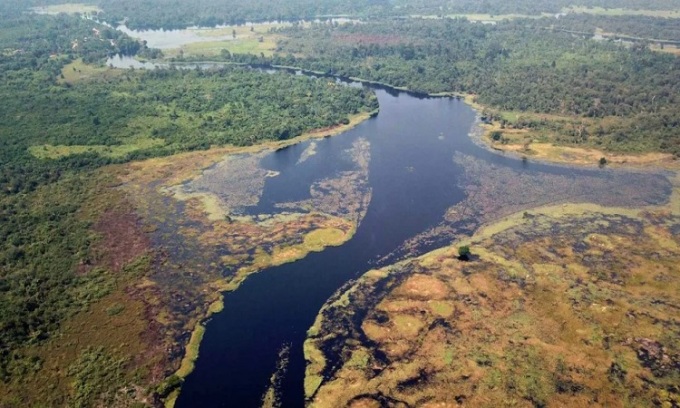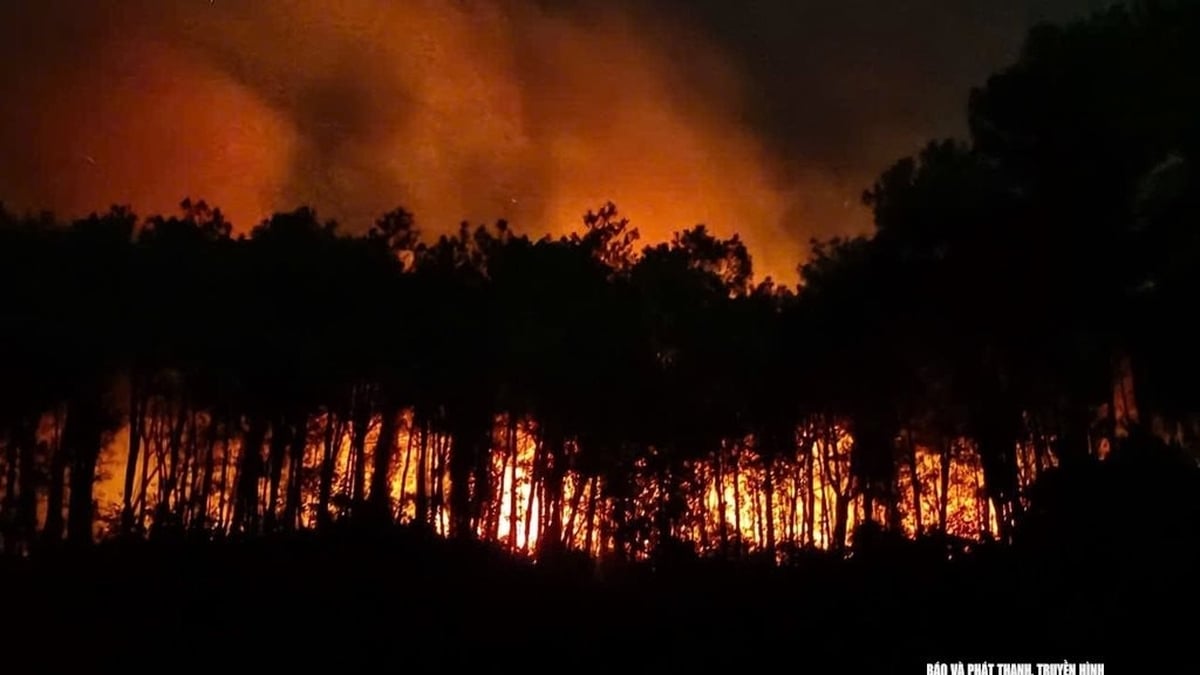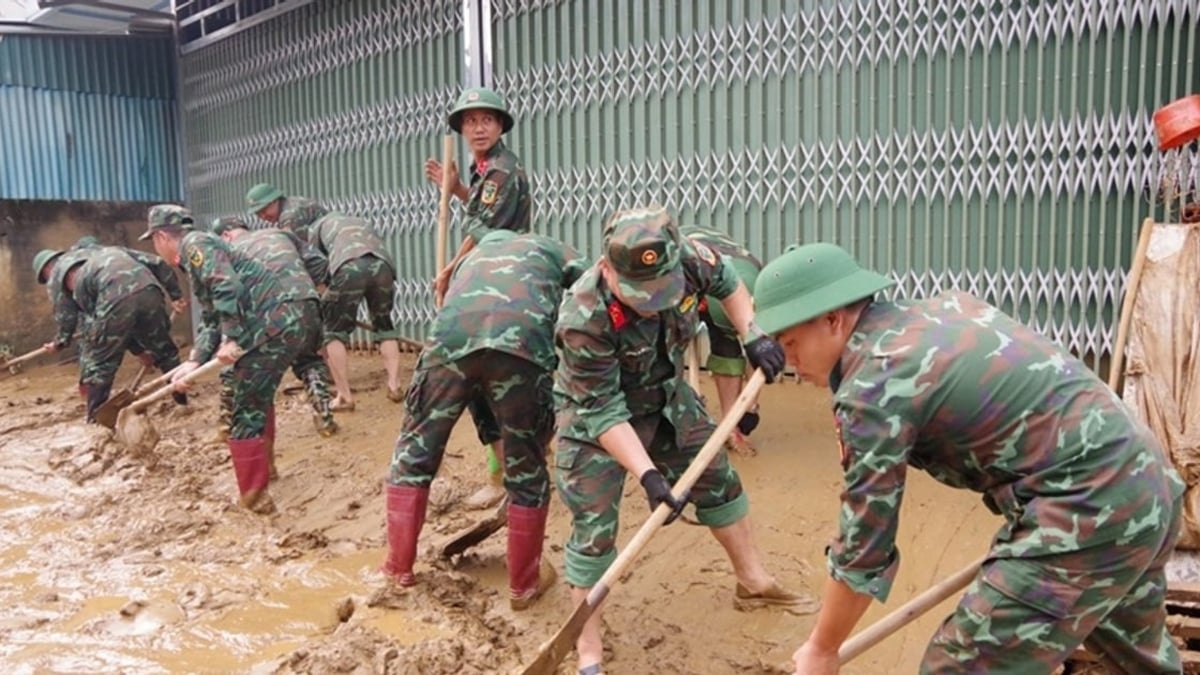The Ruki River in the Democratic Republic of the Congo contains so much dissolved organic matter that it is blacker than the Rio Negro, which flows through the Amazon rainforest.

The Ruki River from above. Photo: Matti Barthel / ETH Zurich
The Ruki River is half a kilometer wide at its mouth and has an average flow much larger than the Rhine, but few people outside Africa have ever heard of it. To those who live on its banks, its colour may seem ordinary, but researchers from ETH Zurich were stunned to see the colour of the river and set out to discover the reason behind its pitch-black colour.
“We were very surprised by the color of the river,” said Dr. Travis Drake. Many rivers are dark enough to be called “blackwater.” One of the largest tributaries of the Amazon River, the world’s fifth-largest river by flow, is called the Rio Negro (Black River) because of the organic matter that darkens the water. But the Ruki River stands out among them.
Like many blackwater rivers, the Ruki’s color comes from dissolved organic compounds (DOC) in the water. Its lack of silt also plays a role. While soil darkens the clear mountain stream water, it is rarely as black as the material in the rainforest that gives the Ruki its distinctive color. The Ruki flows over a mostly flat surface, so it doesn’t accumulate much silt. The results of the study on the river were published in the journal Limnology and Oceanography, IFL Science reported on October 19.
On the other hand, heavy rains in the region wash away DOC from the plants on the forest floor. During the rainy season, the flat surface causes large areas to flood for weeks, leaching even more of the compound. Realizing that there was no scientific explanation for why the Ruki River was darker than other rivers that flow through the rainforest, Drake and his colleagues decided to find out. They set up a monitoring station to explore the chemical composition of the river before it flows into the Congo River. The team used on-site measurements because there was no electricity in the area.
The researchers were able to measure the concentration and age of DOC in the water to determine whether it came from peat bogs along the riverbank. These bogs retain huge amounts of undecayed plant matter. Currently, this process makes the area a carbon sink. But if the carbon in the bogs were to escape and be released into the atmosphere, it would be a source of global warming. The team’s carbon dating results suggest that this is unlikely.
Drake and colleagues found that the Ruki River had four times more DOC per liter than the Congo River and 1.5 times more than the Rio Negro. Although the river is rich in organic acids that can dissolve carbonates and release carbon dioxide, it does not do so at alarming levels. The river is very still, and when the river water is saturated with carbon dioxide (CO2), the gas cannot escape easily, preventing more CO2 from forming.
An Khang (According to IFL Science )
Source link




































































































Comment (0)